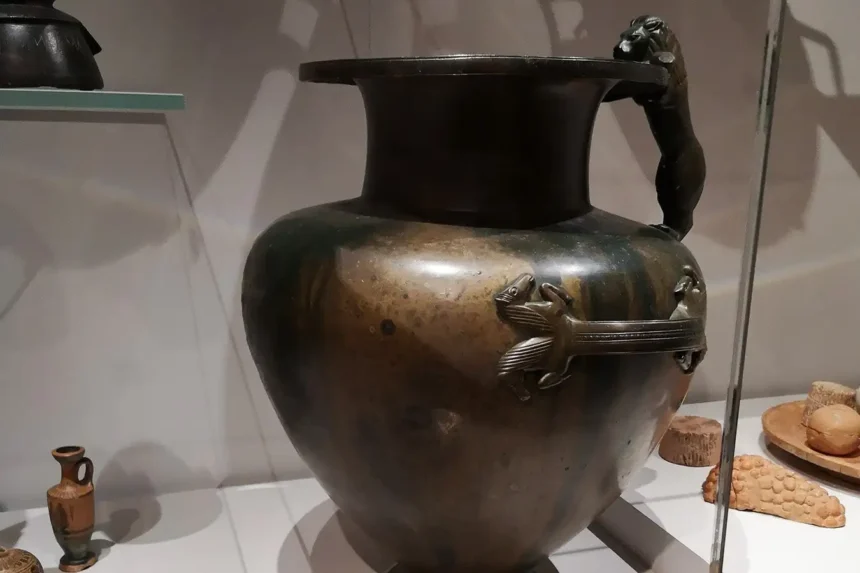Discovery of 2500-Year-Old Honey in Bronze Jars in Southern Italy
2500-year-old honey has been identified in ancient bronze jars discovered in Paestum, southern Italy. Using modern analysis techniques, chemists confirmed the sticky substance as ancient honey — solving a decades-old archaeological mystery.
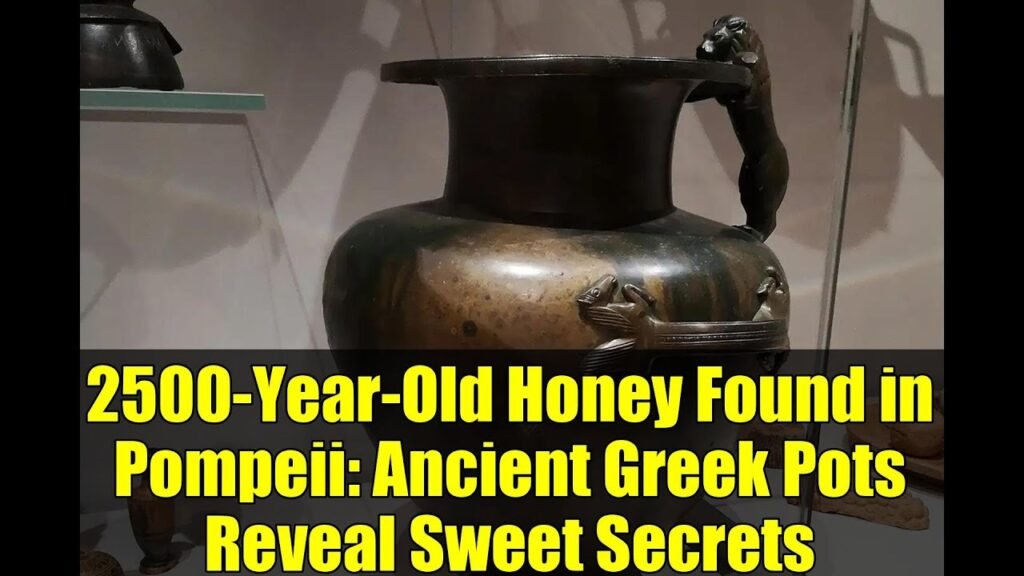
Archaeologists unearthed the jars in 1954 from a 6th century BCE Greek shrine. At the time, archaeologists believed the sticky, orange-brown residue could be honey, a common offering to gods and the dead.
How Scientists Confirmed the 2500-Year-Old Honey Mystery
Three different teams previously examined the jars over the past 30 years. None could confirm the presence of honey. Most concluded it was some form of animal or vegetable fat, mixed with pollen and insect remains.
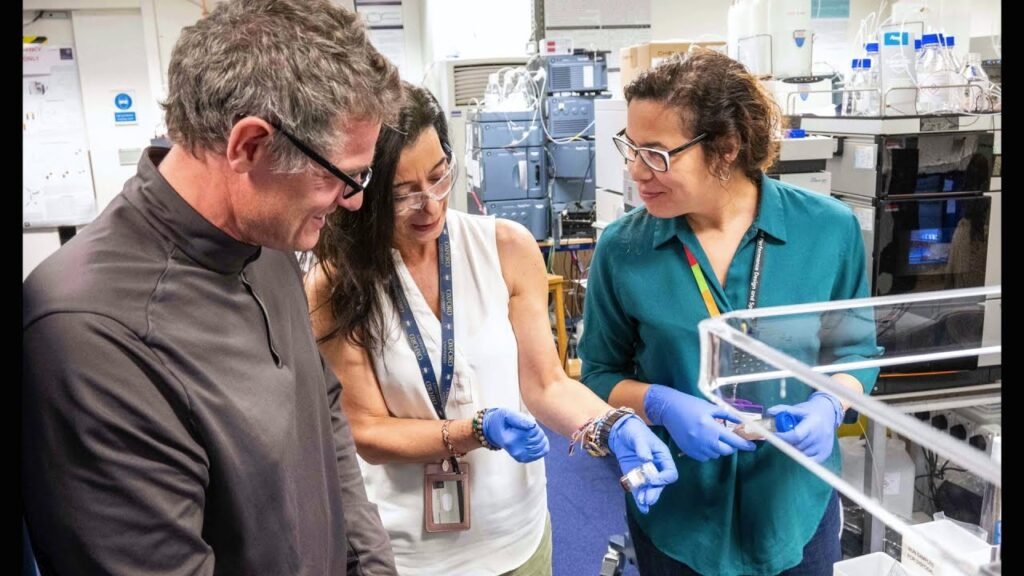
Now, modern scientific tools have validated the discovery of 2,500-year-old honey. Researchers from the University of Oxford’s chemistry department used advanced mass spectrometry and spectroscopy to identify the residue.
Honeycomb Traces Revealed Through New Techniques
According to their study in the Journal of the American Chemical Society, biomolecular analysis showed clear signs of honeycomb. These findings confirmed that the jars once held honey.
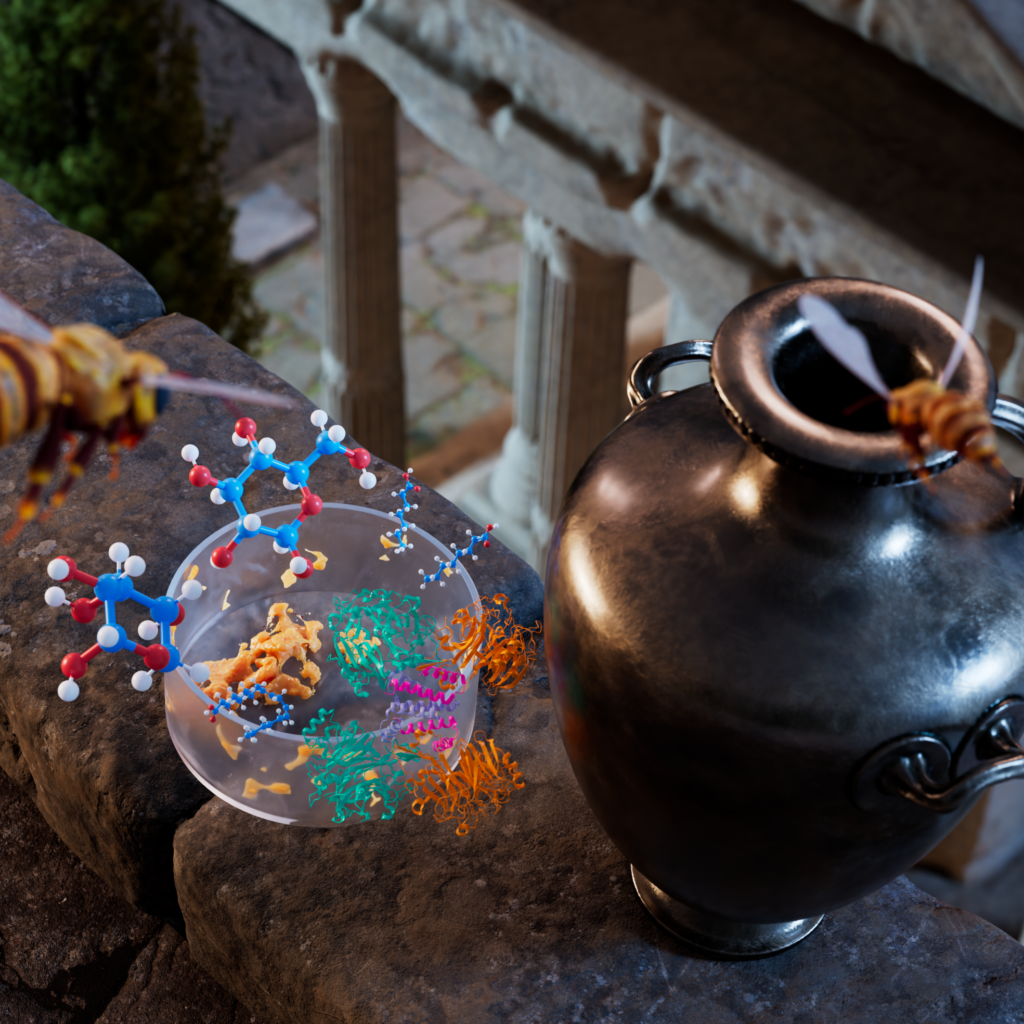
The team collaborated with the Ashmolean Museum and the Archaeological Park of Pompeii. The jars came from a shrine located 90 minutes from Pompeii.
Expert Reactions to the Groundbreaking Study
Dr. Luciana da Costa Carvalho, co-lead of the project, highlighted the importance of re-examining older artefacts.
“This research reminds us that museum collections hold untapped scientific potential. Modern tools can reveal insights we once thought impossible,” she said.
Professor James McCullagh, director of Oxford’s mass spectrometry facility, also emphasized the role of technology in the breakthrough.
“Using several techniques helped us separate degradation products and contaminants from the original molecular structure,” he explained.
New Hopes for Legacy Material Research
The authors now hope this discovery will lead to a re-evaluation of other archaeological residues. Many museum collections contain jars and vessels that have not been examined with current scientific tools.
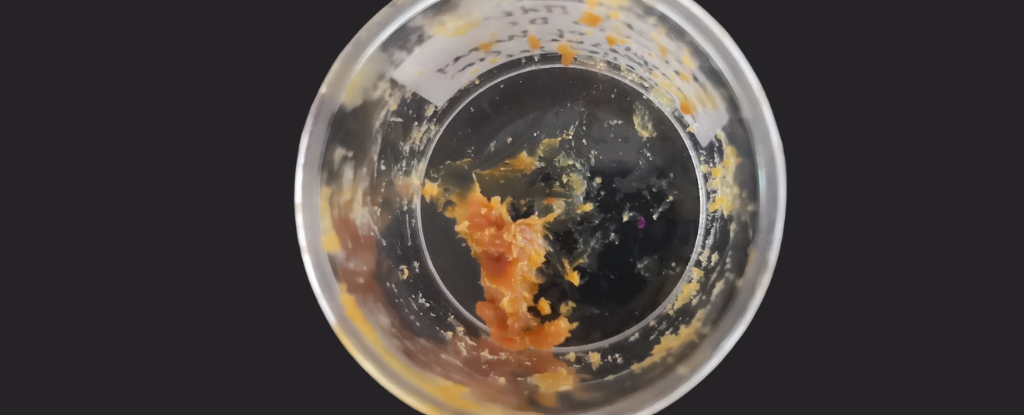
Their success with the 2,500-year-old honey discovery may open new doors in the study of ancient offerings, rituals, and daily life. 2500-year-old honey.
